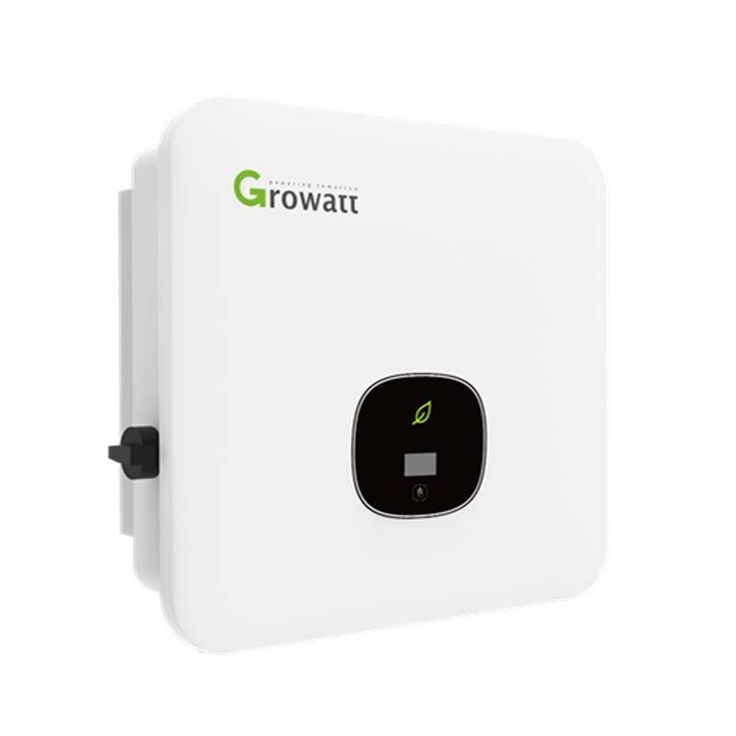Beginner's Guide to Choosing the Right inverter for Your Home
Certainly! Choosing the right inverter for your home is an important decision, especially if you're looking to maintain power during outages or reduce energy costs. Here’s a beginner's guide to help you select the best inverter for your needs:

Part of Electronics And Solar System Protection
General tips to avoid electronics damage.
Other articles in this series:
INTRODUCTION
Certainly! Choosing the right inverter for your home is an important decision, especially if you're looking to maintain power during outages or reduce energy costs. Here’s a beginner's guide to help you select the best inverter for your needs:
1. Understand Your Power Needs
- Identify Essential Appliances: List the appliances you want to run with the inverter (e.g., refrigerator, lights, fans, etc.).
- Calculate Total Wattage: Find out the wattage of each appliance and sum them up to understand the total power requirement. Remember to consider starting watts for appliances with motors (e.g., refrigerators and air conditioners).
2. Types of Inverters
- Sine Wave Inverters: Produces a smooth sine wave output; ideal for sensitive devices (computers, televisions).
- Modified Sine Wave Inverters: More affordable but may not be suitable for all electronics. Good for simple appliances.
- Pure Sine Wave Inverters: Best choice for home use, providing clean power for all electronics.
3. Inverter Capacity
- Inverter Ratings: Choose an inverter with a capacity (in watts) that exceeds your calculated total wattage. A common rule of thumb is to select an inverter that can handle 20-30% more than your peak load.
4. Battery Compatibility
- Battery Type: Choose between lead-acid batteries (more affordable but shorter life) vs. lithium batteries (more expensive but longer-lasting and lightweight).
- Battery Rating: Ensure the batteries you choose are compatible with your inverter and can provide enough backup time for your needs.
5. Installation Location
- Ventilation: Inverters need proper ventilation to prevent overheating. Ensure there’s ample space around the inverter.
- Accessibility: Place the inverter in an accessible location for maintenance and monitoring.
6. Additional Features
- Automatic Transfer Switch: This feature helps in automatically switching between the grid and inverter during power outages.
- Display Panel: Look for inverters with an LCD panel to show important information like battery status, current usage, and faults.
- Remote Monitoring: Some advanced models offer apps or web interfaces for remote monitoring.
7. Budget
- Cost Considerations: Determine your budget while considering the upfront cost of the inverter and batteries, along with potential savings on electric bills.
8. Brand and Warranty
- Research Brands: Opt for reputable brands with good customer support.
- Warranty Period: Check the warranty offered; longer warranties can indicate greater reliability.
9. Seek Professional Help
- Consult an Expert: If unsure, consider hiring a professional to assess your power needs and recommend suitable options.
Conclusion
Choosing the right inverter is crucial for ensuring your home remains powered during outages and operates efficiently. By understanding your power needs, considering the type of inverter, and evaluating additional features, you can make a well-informed decision. Always remember to consult with professionals if you're uncertain about the installation process or capacity requirements.
